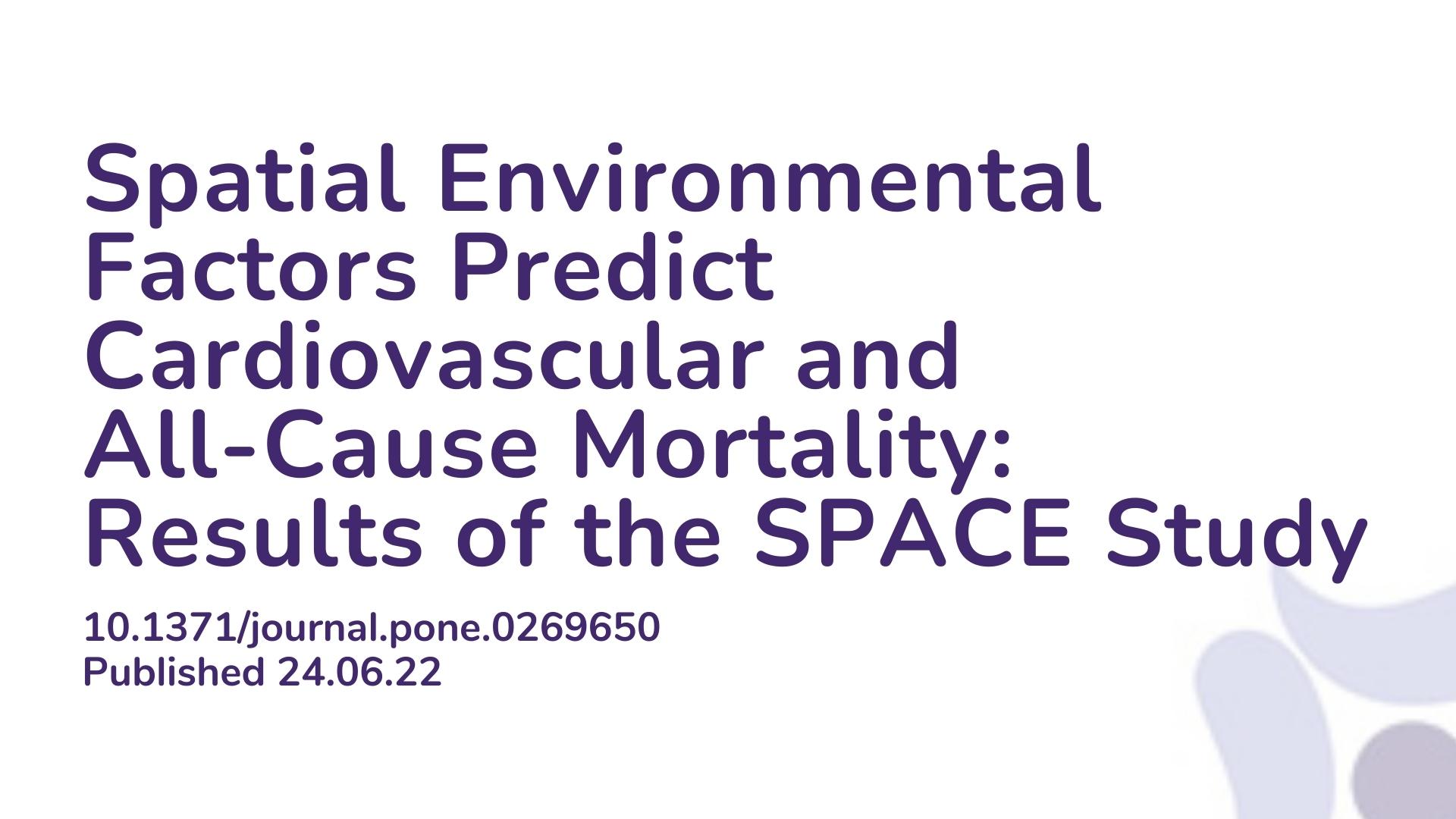Summary: This paper aimed to look at environmental risk factors of cardiovascular disease, such as air pollution, indoor fuel use without proper ventilation such as a chimney and proximity to traffic. The study concluded that along with diabetes, smoking and high blood pressure, these environmental factors are highly predictive of someone’s mortality, especially in relation to cardiovascular complications. Exposure to above average levels of pollution increased risk of death by 20% and risk of death from cardiovascular complications such as heart attack and stroke by 17%. The study results also showed that the study participants that lived within 500 meters of a major roadway also had an increased risk of death.
Abstract:
Background: Environmental exposures account for a growing proportion of global mortality. Large cohort studies are needed to characterize the independent impact of environmental exposures on mortality in low-income settings.
Methods: We collected data on individual and environmental risk factors for a multiethnic cohort of 50,045 individuals in a low-income region in Iran.
Environmental risk factors included: ambient fine particulate matter air pollution; household fuel use and ventilation; proximity to traffic; distance to percutaneous coronary intervention (PCI) center; socioeconomic environment; population density; local land use; and nighttime light exposure. We developed a spatial survival model to estimate the independent associations between these environmental exposures and all-cause and cardiovascular mortality.
Findings: Several environmental factors demonstrated associations with mortality after adjusting for individual risk factors. Ambient fine particulate matter air pollution predicted all-cause mortality (per μg/m3, HR 1.20, 95% CI 1.07, 1.36) and cardiovascular mortality (HR 1.17, 95% CI 0.98, 1.39). Biomass fuel use without chimney predicted all-cause mortality (reference = gas, HR 1.23, 95% CI 0.99, 1.53) and cardiovascular mortality (HR 1.36, 95% CI 0.99, 1.87). Kerosene fuel use without chimney predicted all-cause mortality (reference = gas, HR 1.09, 95% CI 0.97, 1.23) and cardiovascular mortality (HR 1.19, 95% CI 1.01, 1.41). Distance to PCI center predicted all-cause mortality (per 10km, HR 1.01, 95% CI 1.004, 1.022) and cardiovascular mortality (HR 1.02, 95% CI 1.004, 1.031). Additionally, proximity to traffic predicted all-cause mortality (HR 1.13, 95% CI 1.01, 1.27). In a separate validation cohort, the multivariable model effectively predicted both all-cause mortality (AUC 0.76) and cardiovascular mortality (AUC 0.81). Population attributable fractions demonstrated a high mortality burden attributable to environmental exposures.
Interpretation: Several environmental factors predicted cardiovascular and all-cause mortality, independent of each other and of individual risk factors. Mortality attributable to environmental factors represents a critical opportunity for targeted policies and programs.
Article Publication Date: 24.06.22
DOI: 10.1371/journal.pone.0269650



